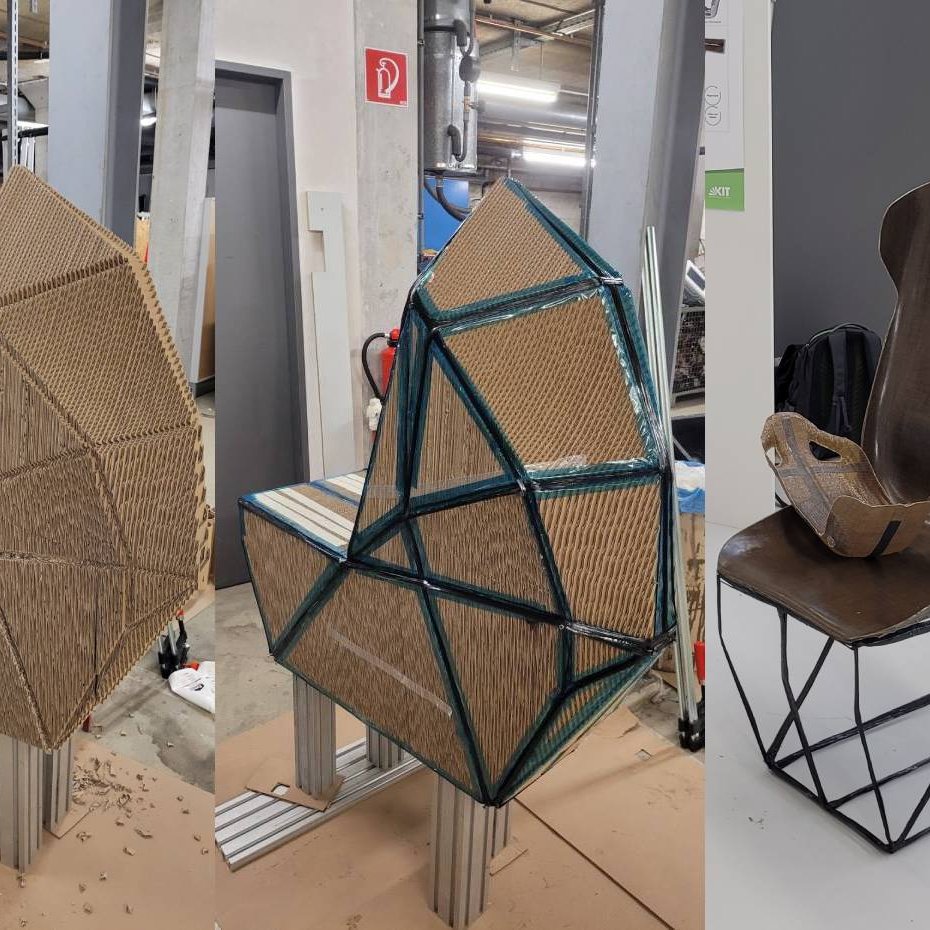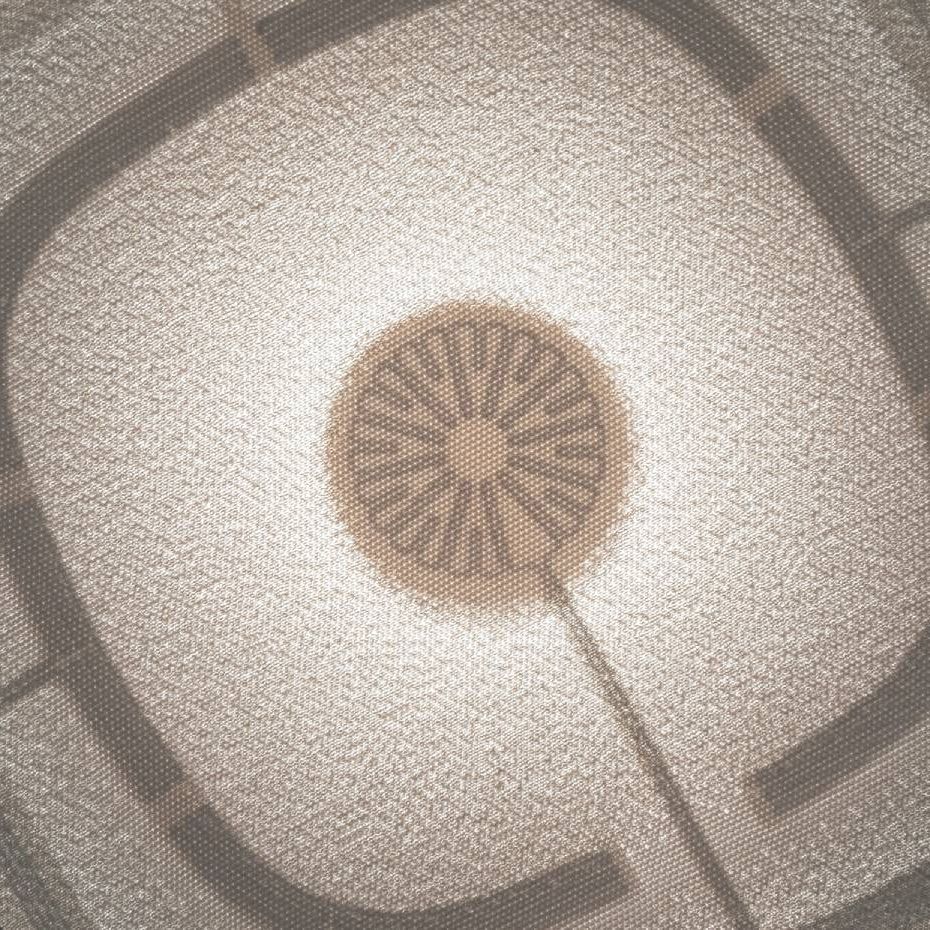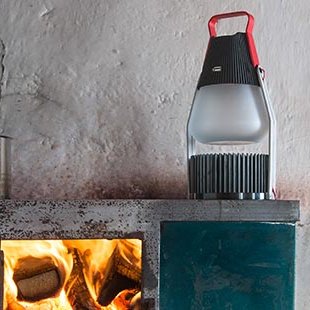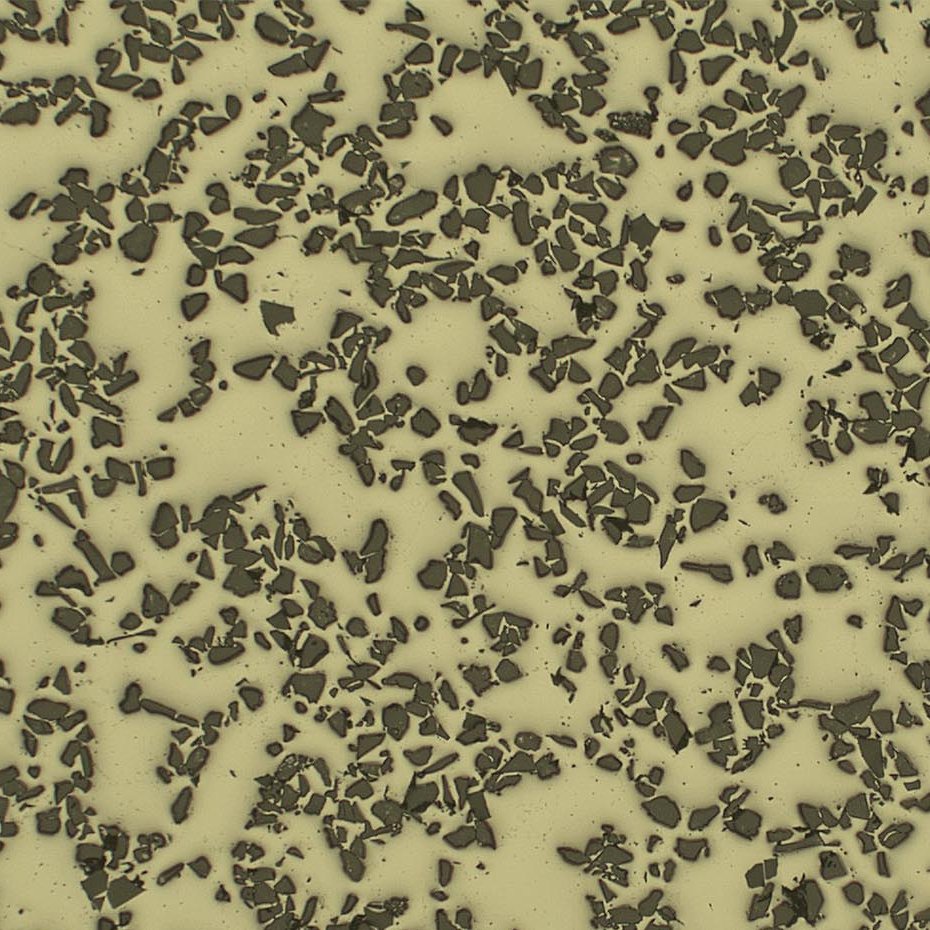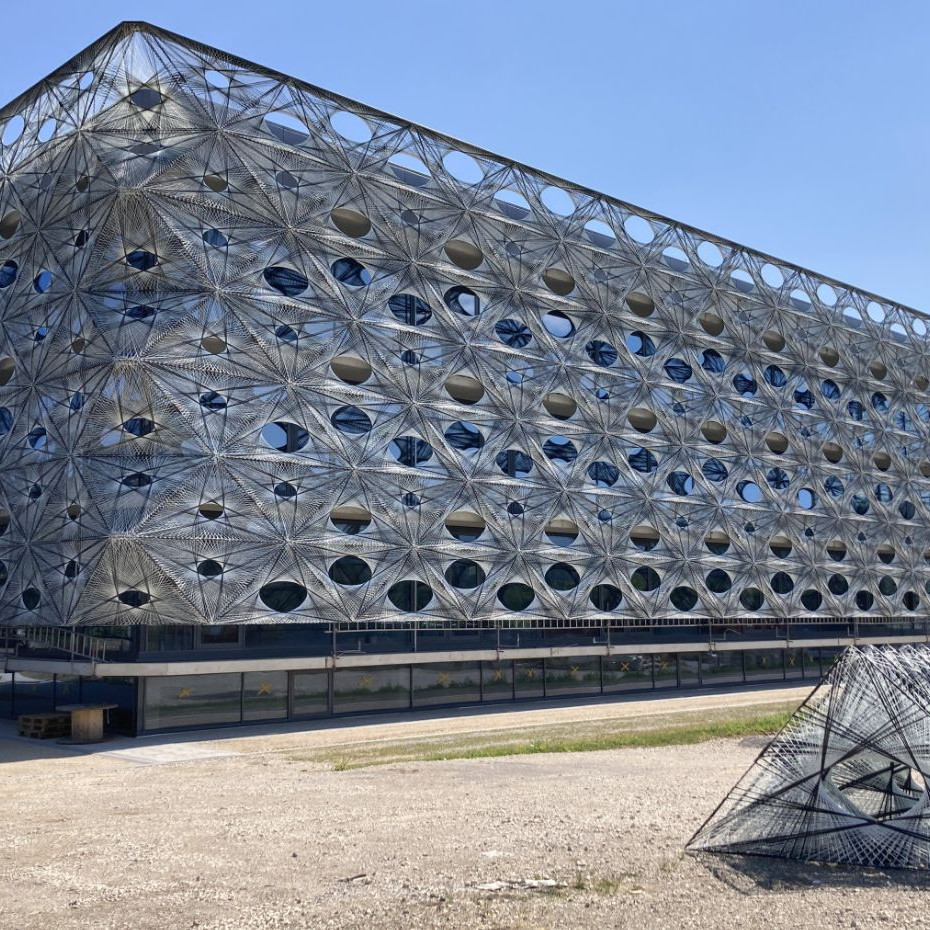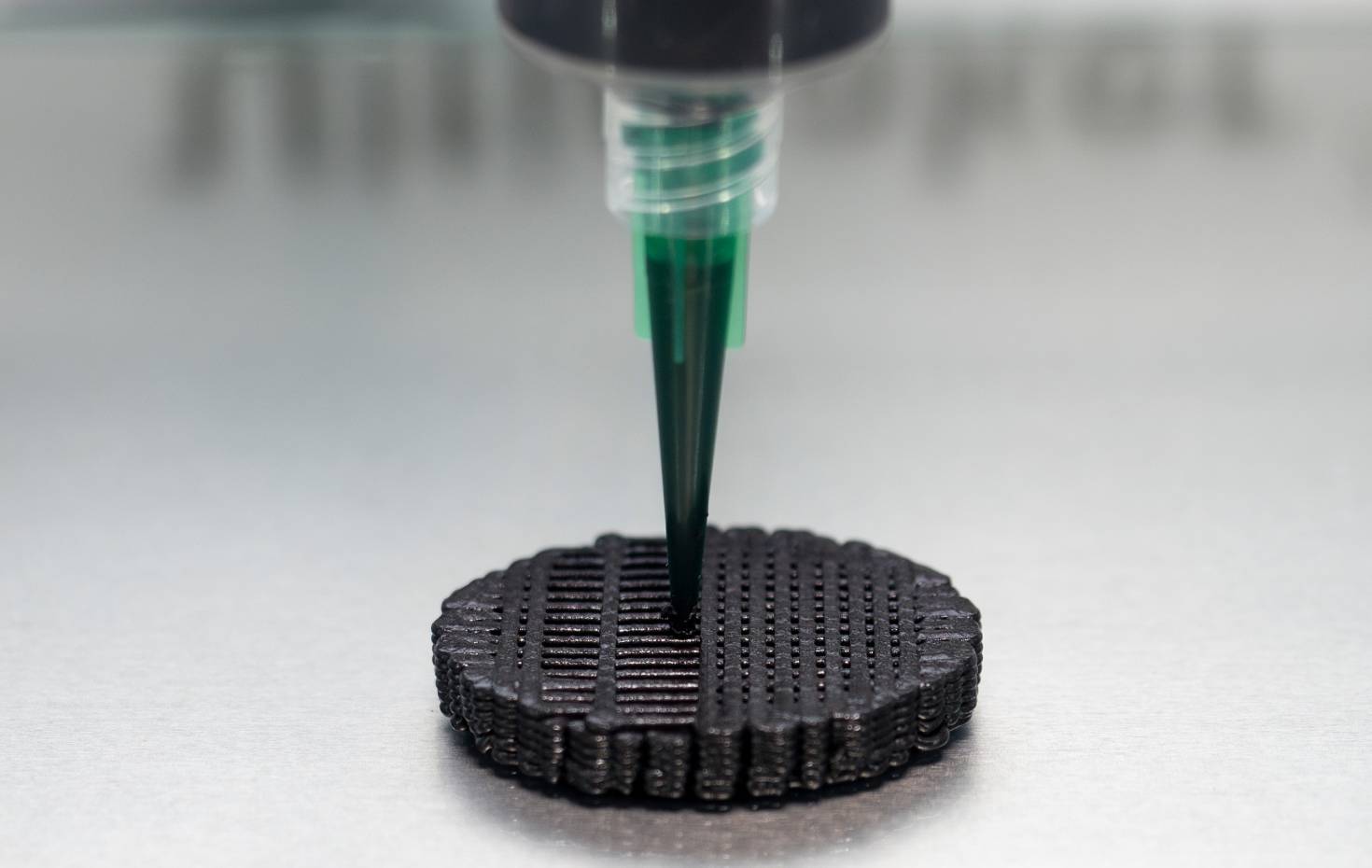
3D printed fungi
formnext · Frankfurt fairground · hall 11
21 November 2025, 11:10–11:35
Natural resources are currently becoming increasingly interesting in the context of additive manufacturing. For filament printing or the 3D printing of pasty materials, scientists are turning to biopolymers that, in combination with other materials, enable the additive construction of molded and designed parts.
Fungi as a energy storage
In addition to corn starch for the production of polylactic acid (PLA) or pectin from citrus fruit peels, fungal mycelium is also increasingly becoming a focus of researchers. The mycelium of the mold Aspergillus niger, which is a byproduct of many biotechnological processes, contains up to 25 percent chitin. Chitin is a biopolymer found particularly in the shells of insects and crab shells.
In this lecture, Prof. Dr. Sascha Peters will present current projects for the development of 3D printing with fungal mycelium. He will be using the principle of a 3D-printed mushroom battery, currently being developed at Empa in Switzerland by Gustav Nyström and Carolina Reyes.
In the “Mycoustics” project, funded by the Federal Ministry of Education and Research (BMFTR), Fraunhofer IWU is currently developing a process chain for the additive manufacturing of a loudspeaker cabinet with living mushroom mycelium. In a single process step, both sound-reflecting and sound-absorbing surfaces are to be created, thus influencing the sound experience.
image: 3D printed fungi battery (source: Empa)
Parali Design from rice straw
22 June 2025
At the Parali design studio, Aarushi Mittal uses traditional techniques to…
Natural fiber reinforced car seat
22 October 2023
The focus of the project "Design for Recycling" is a seat shell that is made…
Liquid Metal Dispensing
28 August 2025
By embedding conductive liquid metals in stretchable textiles and soft…
Furniture for the additive mass production
10 August 2024
The Swedish interior agency "Industrial Poetry" has investigated the inherent…
IGNIS – Light from waste heat energy
12 August 2020
The availability of affordable, independent and, above all, clean electrical…
Brake disc with reduced fine dust
21 April 2021
Fine dust endangers our health. One of the main sources is traffic, especially…
Texoversum
15 July 2023
With the "Texoversum", Reutlingen University has put into operation a training…
Bolometer chips for precise power measurement in fusion reactors
11 April 2025
At Fraunhofer IMM, a so-called bolometer chip was developed for precise power…
Xarvio – Digital Farming
8 January 2021
BASF Digital Farming GmbH has received the renowned Crop Science Award for the…

